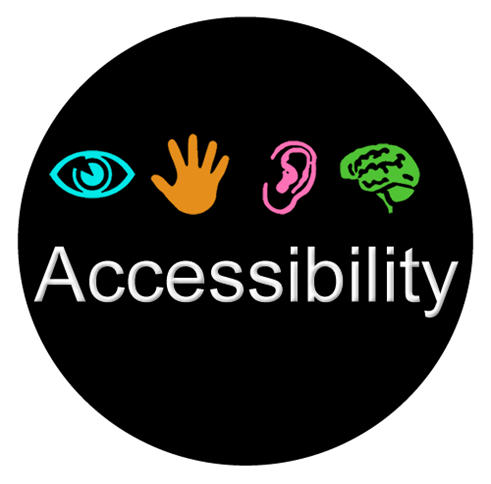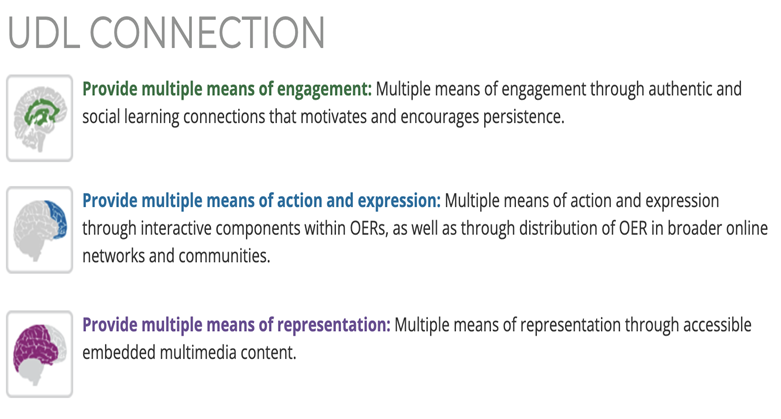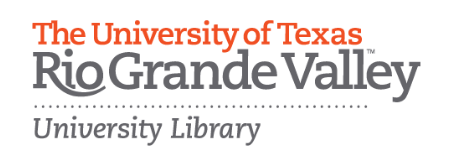Accessibility and Universal Design

Faculty are required to ensure that the teaching materials they use are accessible to all students. Applying a universal design approach to your curriculum allows you to improve accessibility for all learners.
“Universal design is the design of products and environments to be usable by all people, to the greatest extent possible, without the need for adaptation or specialized design” – Ron Mace
Ron Mace and colleagues at North Carolina State University coined the term Universal Design (UD), with the understanding that designing to meet the needs of disabled people benefits everyone. For example, a curb cutout, designed to accommodate wheelchairs transitioning from sidewalks to streets, also benefits people with strollers, bike riders, and people who may have depth issues.
What does UD mean for learning and curriculum design (and OER)?
Universal design means that we design courses that are the most useful to the most different types of people. A proactive approach improves accessibility for all students. For example, although closed captions are added for deaf students, many students may use them when watching online videos in the library or if they are learning English. Using a UD framework makes our courses more user-friendly for all learners.


